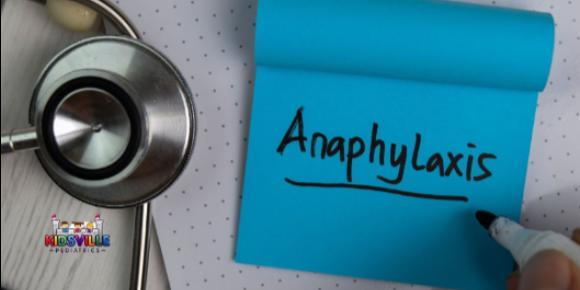
Anaphylaxis in children, though relatively rare, is a severe and potentially life-threatening allergic reaction that demands immediate medical attention. This condition can develop rapidly, often within minutes to hours of exposure to an allergen, such as certain foods, insect stings, medications, or even latex. The body's immune system overreacts to these substances, releasing a flood of chemicals that can cause swelling, difficulty breathing, a drop in blood pressure, and, in severe cases, shock.
Recognizing anaphylactic allergy symptoms in children is crucial for prompt intervention. Symptoms can vary widely but commonly include hives, swelling, difficulty breathing, and a sudden drop in blood pressure. Some children may also experience nausea, vomiting, dizziness, or a sense of impending doom. These symptoms necessitate immediate action, as the condition can quickly escalate, leading to severe complications or even death if not treated promptly.
Parents and McKinney pediatricians play a pivotal role in the management of pediatric anaphylaxis. Understanding the triggers, knowing how to recognize the symptoms, and having an emergency plan in place are essential steps in safeguarding a child's health. For many children with known allergies, carrying an epinephrine auto-injector is a crucial preventive measure, enabling them to administer the medication themselves or with assistance during an allergic emergency.
As we delve deeper into the topic of pediatric anaphylaxis, it’s essential to highlight the importance of education, preparedness, and timely medical intervention. By increasing awareness and understanding of this condition, we can empower parents, caregivers, and healthcare providers to act swiftly and effectively, ensuring the safety and well-being of children at risk.
Anaphylaxis: A Definition
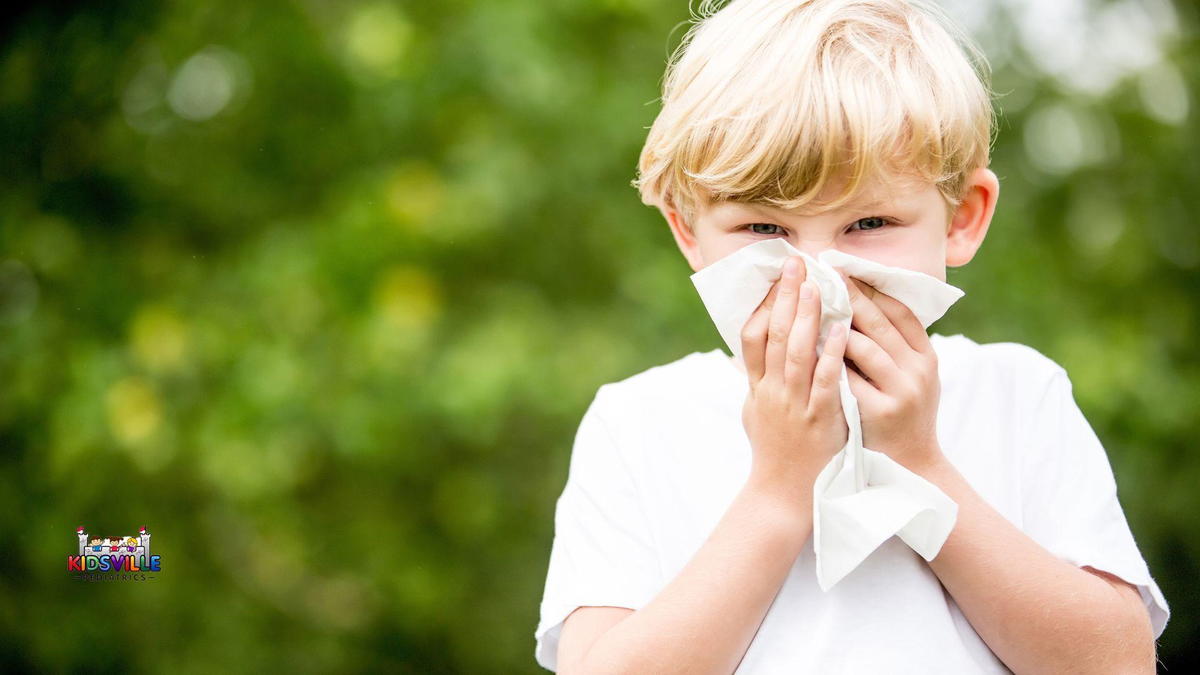
Anaphylaxis is a serious medical emergency that can happen quickly and is life-threatening. It's essentially a massive allergic reaction that affects multiple systems in the body all at once. If not treated right away, it can lead to respiratory failure and can be fatal. In the past, doctors used different terms like "anaphylactic" for reactions involving the IgE antibody, and "anaphylactoid" for those that didn't. Nowadays, all these reactions are grouped under "anaphylaxis" because the treatment is the same.
Surprisingly, anaphylaxis affects about 1% to 3% of people worldwide, and this number is rising. It’s more common in kids and in developed countries. Unfortunately, it’s often misdiagnosed or not recognized at all, which can lead to severe complications or even death.
When it comes to what's happening in the body, anaphylaxis usually starts with the immune system reacting to a trigger like a food allergen or insect sting. This causes certain cells to release a bunch of chemicals, including histamine, that lead to symptoms like swelling, hives, and difficulty breathing. Your child's body is basically going into overdrive trying to fight off what it mistakenly thinks is a harmful invader.
You might notice early signs like a rash or hives, itching, or swelling. More serious symptoms can follow quickly, such as wheezing, a tight throat, or a drop in blood pressure that causes dizziness or fainting. Because this can happen so fast, knowing the signs and having an epinephrine auto-injector (EpiPen) on hand is crucial. This device delivers a shot of epinephrine, which can quickly reverse the symptoms and give you time to get to the hospital.
Recognizing anaphylaxis and acting immediately can save your child's life. It’s vital to educate everyone who cares for your child about their allergies and how to use an EpiPen. Also, always have an action plan ready. With the right knowledge and preparation, you can help protect your child from the dangers of anaphylaxis.
Extreme Allergic Reactions: Common Triggers
Food Allergens

When it comes to keeping your little one safe, knowing the common triggers of anaphylaxis in children is crucial. One of the biggest culprits is food. Kids can have anaphylaxis symptoms to just about anything, but the most common offenders are peanuts, tree nuts, milk, eggs, soy, wheat, fish, and shellfish. Imagine sitting down to a family dinner, and suddenly your child starts showing signs of an allergic reaction. It's not just about picky eating; it can be a life-or-death situation.
Insect Stings
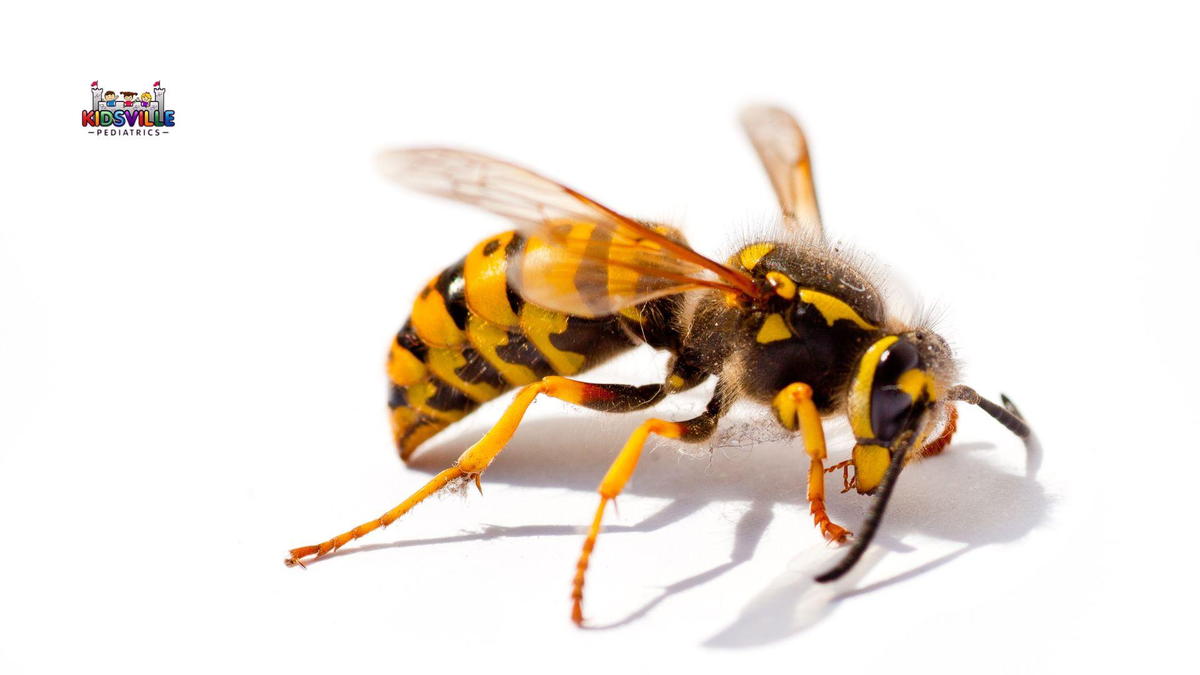
Another frequent trigger is insect stings, especially from bees, wasps, and hornets. Summer picnics and outdoor play can become risky adventures if your child is allergic to insect venom. A simple sting can turn into a severe reaction in minutes, making it essential to recognize the symptoms and act fast.
Medications

Medications are another sneaky trigger. Antibiotics, aspirin, and even some over-the-counter pain relievers can cause anaphylactic reactions. It’s always wise to double-check with your pediatrician before giving your child any new medication. Sometimes, a drug that’s meant to help can end up causing more harm than good if your child is allergic.
Latex
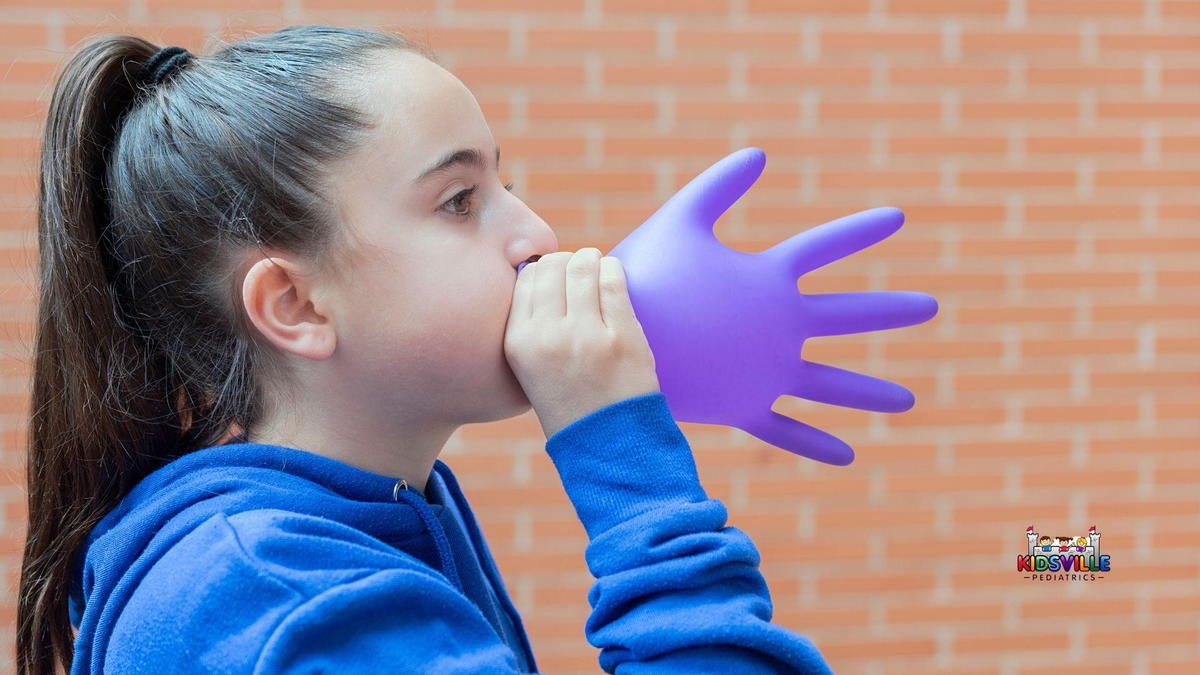
Latex, found in many everyday items like balloons, gloves, and bandages, can also trigger anaphylaxis. If your child has a latex allergy, you’ll need to be extra vigilant about what they come into contact with.
Environmental Allergens
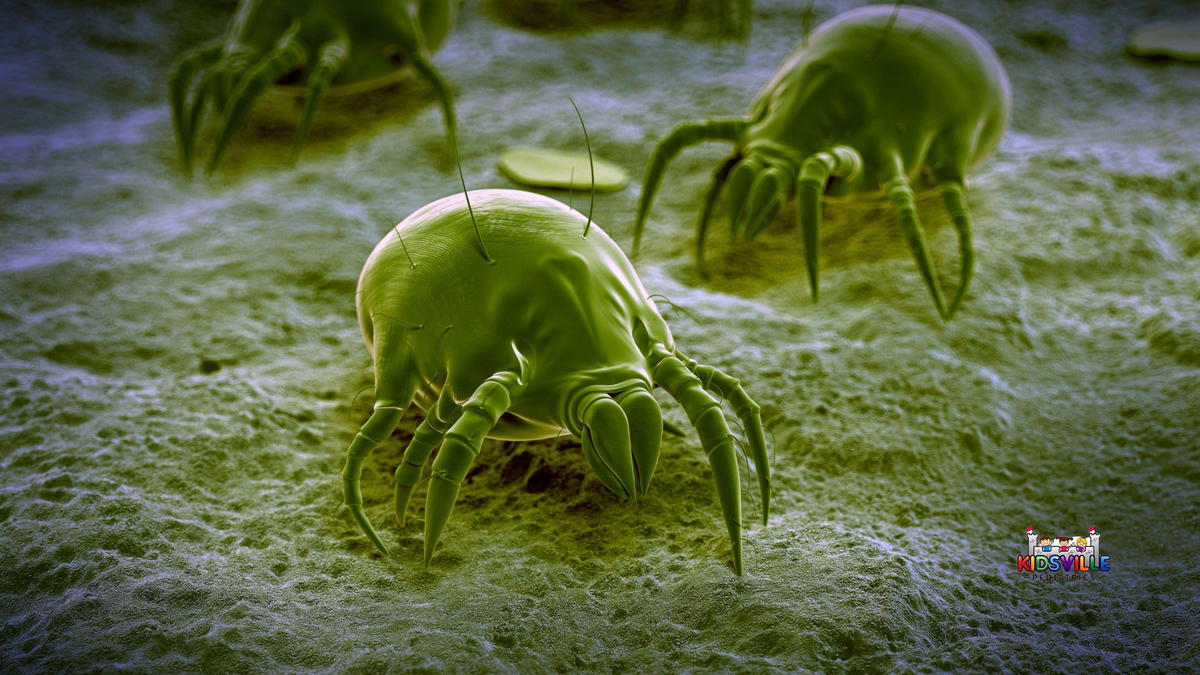
Environmental factors like pollen, dust mites, and pet dander are common allergens too. These might not lead to anaphylaxis as often as food or insect stings, but they can still cause severe allergic reaction in some kids. Keeping your home clean and free from these allergens can help manage their impact.
Staying informed about these triggers and having an action plan in place can make all the difference. Knowing what to look out for and how to react ensures that you can provide the best care for your child, keeping them safe and healthy.
Symptoms and Signs of Anaphylaxis in Children

Recognizing the symptoms of anaphylaxis in children is like being a detective on high alert. You need to catch the clues early to prevent serious complications. It all starts with mild signs that can easily be mistaken for something less severe. Picture your child suddenly developing a runny nose, sneezing, or experiencing mild hives. These could just be regular allergies, right? But keep your eyes peeled, because they can quickly escalate.
Imagine your child’s face and lips starting to swell. This isn’t just a case of chubby cheeks from too much ice cream. Swelling can progress rapidly, leading to trouble swallowing or a sensation of a lump in the throat. If your child starts to complain about these symptoms, it’s time to act fast.
Breathing issues are another major red flag. You might notice your child wheezing, coughing, or having shortness of breath. This can quickly spiral into more severe respiratory distress. Imagine hearing your child’s voice change, becoming hoarse, or hearing them struggle for breath. It’s a scary moment, but recognizing these signs can save their life.
Then there’s the skin. Anaphylaxis can cause widespread hives, itching, or a red, flushed appearance. It’s not just a rash; it’s a signal that something serious is happening. Your child might start to feel dizzy or faint, and you might notice them becoming unusually pale. These are signs of low blood pressure, another hallmark of anaphylaxis.
Gastrointestinal symptoms can also appear. Your child might complain of severe stomach cramps, nausea, or vomiting. It’s easy to brush these off as a stomach bug, but combined with other symptoms, they paint a clear picture of anaphylaxis.
Heart symptoms are the final piece of the puzzle. Your child’s heart might race or feel like it’s pounding out of their chest. In severe cases, anaphylaxis can lead to a drop in blood pressure, causing your child to collapse or lose consciousness. By recognizing these signs early, you can take swift action and ensure your child gets the help they need.
Diagnosing Anaphylaxis in Pediatric Patients
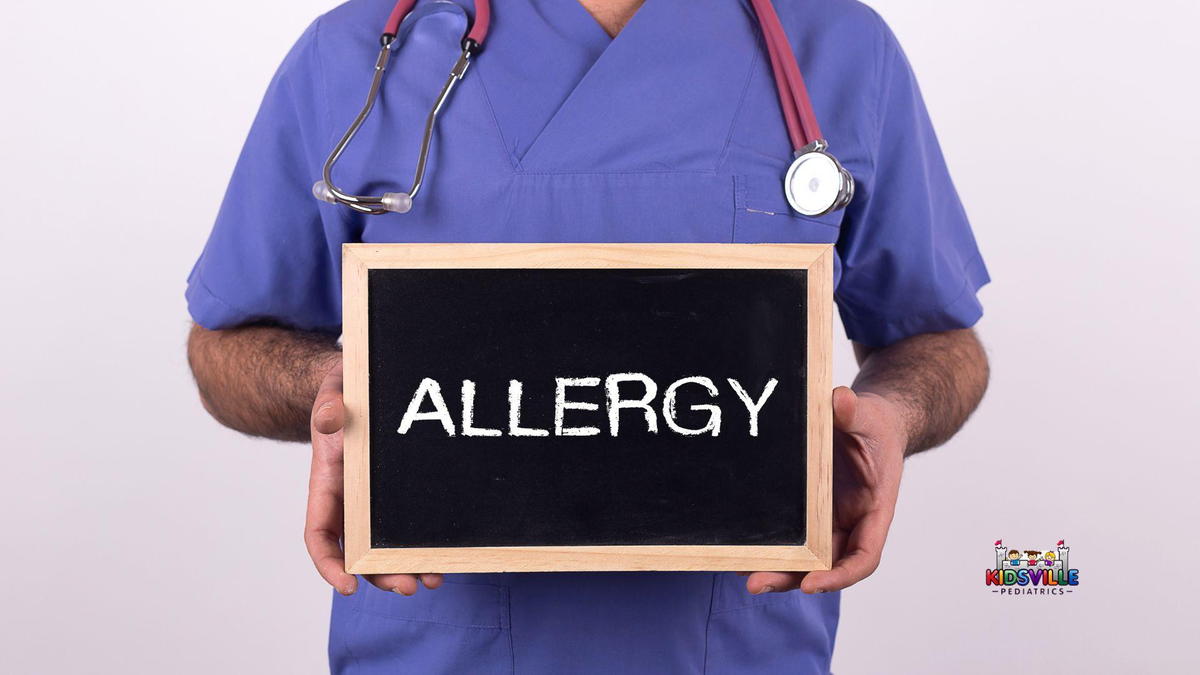
Diagnosing anaphylaxis in kids is like piecing together a fast-paced mystery where every clue counts. Imagine you’re a detective trying to solve the case before time runs out. It all starts with a close look at the symptoms. Did your child suddenly break out in hives, start wheezing, or complain about a tight throat after eating a particular food or getting stung by a bee? These clues are essential in pinpointing anaphylaxis.
You’ll be asked about your child’s medical history. Has this ever happened before? Is there a family history of allergies or asthma? These questions help paint a clearer picture of what might be causing the reaction. Observing the symptoms and linking them to a potential allergen or trigger is a key step in the diagnostic process.
Next, McKinney pediatrics doctors will perform a physical exam. They’ll check for common signs like swelling, hives, or respiratory distress. It’s like collecting evidence at the scene. Sometimes, your child’s symptoms might be subtle, but the doctor knows what to look for. They might listen to your child’s chest for wheezing or look for signs of shock, like pale or clammy skin.
Blood tests come into play to measure levels of tryptase, a substance released during anaphylactic reactions. It’s like finding the fingerprint of the culprit. These tests can confirm that an anaphylactic event has occurred.
Skin tests and allergy tests can help identify specific triggers. A small amount of potential allergens is introduced to the skin to see if there’s a reaction. It’s like setting a trap for the suspect to reveal themselves. These tests help determine what exactly your child is allergic to, so you can avoid those triggers in the future.
Putting all these pieces together gives a comprehensive picture of your child’s health. Early diagnosis and swift action are crucial to managing anaphylaxis. By knowing the signs and understanding the diagnostic process, you’re better equipped to keep your child safe and healthy.
Treatments for Anaphylaxis
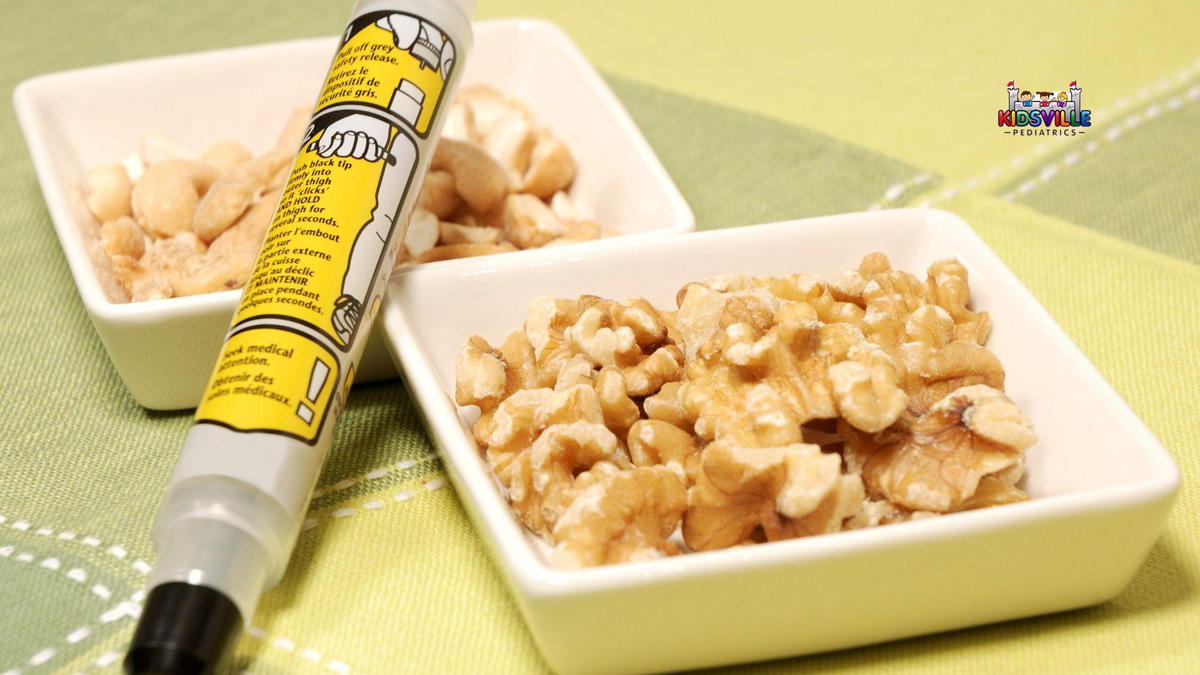
First up, grab that trusty EpiPen—no time to waste! Remember, it's a superhero shot that packs a punch against anaphylaxis. Take charge and inject it firmly into the outer thigh. Hold for a brave count of 10, then whisk away the magic wand.
Now, onto the after-party! Post-epi, keep a hawk-eye on your mini-me. They might feel like a bouncy ball, but we're not done yet. Give 911 a jingle—better safe than sorry. Meanwhile, loosen up, give them the space to breathe (literally!). If they're still itching for a reaction, don't fret. Round two with EpiPen numero dos might just be the ticket.
So, you've aced the emergency drill. But what about the long haul? Let's talk strategy—lock down those allergens! Go all Sherlock at home and school. Sniff out those sneaky culprits—peanuts, bees, the usual suspects. Spread the word like a wildfire: teachers, friends, even the lunch lady!
But wait, there's more! Brace yourself for the allergen-free battleground. Arm your little warrior with a game plan—stash an EpiPen in every nook and cranny. Lunchbox? Check. Backpack? Double-check. From playdates to playgrounds, make sure they're always battle-ready.
And lastly, squad up! Teamwork makes the dream work. Gather your troops—pediatrician, allergist, even the neighbor's dog walker. Together, craft an action plan that's bulletproof. School nurses on speed dial? Done. Allergic reactions ain't got nothin' on you!
Role of Pediatricians and Healthcare Providers

It all begins with proactive prevention. Pediatricians in McKinney embody the role of educators akin to Jedi Masters, imparting vital knowledge to both parents and children about navigating the complexities of allergens. They instill the discipline of scrutinizing food labels with the precision of a spy novel and tailor individualized action plans, serving as steadfast guardians against unforeseen allergic encounters.
However, in moments of crisis, they transform into more than just healthcare providers—they become Dr. Lightning Fast. Swiftly identifying symptoms akin to Spider-Man's sixth sense, they are poised to declare "EpiPen to the rescue!" Administering this life-saving injection with practiced expertise, they swiftly combat anaphylactic threats and restore safety.
Yet, their influence extends beyond immediate medical intervention. They empower parents with invaluable knowledge, equipping them to educate their children effectively. Simplifying complex allergy concepts into digestible, child-friendly terms comes naturally, ensuring comprehension and preparedness in everyday environments such as schools and playdates.
Moreover, they champion a collaborative approach. Pediatricians enlist the support of allergists, nurses, and pharmacists, forming a cohesive team dedicated to fortifying defenses against allergic adversaries. Together, they devise comprehensive emergency protocols and strategically deploy EpiPens at strategic intervals, establishing a robust safety net.
In essence, McKinney's pediatricians not only treat symptoms but also cultivate a culture of proactive allergy management. Through education, swift action, and collaborative efforts, they safeguard the well-being of children, empowering families to navigate the challenges of pediatric anaphylaxis with confidence and resilience.
